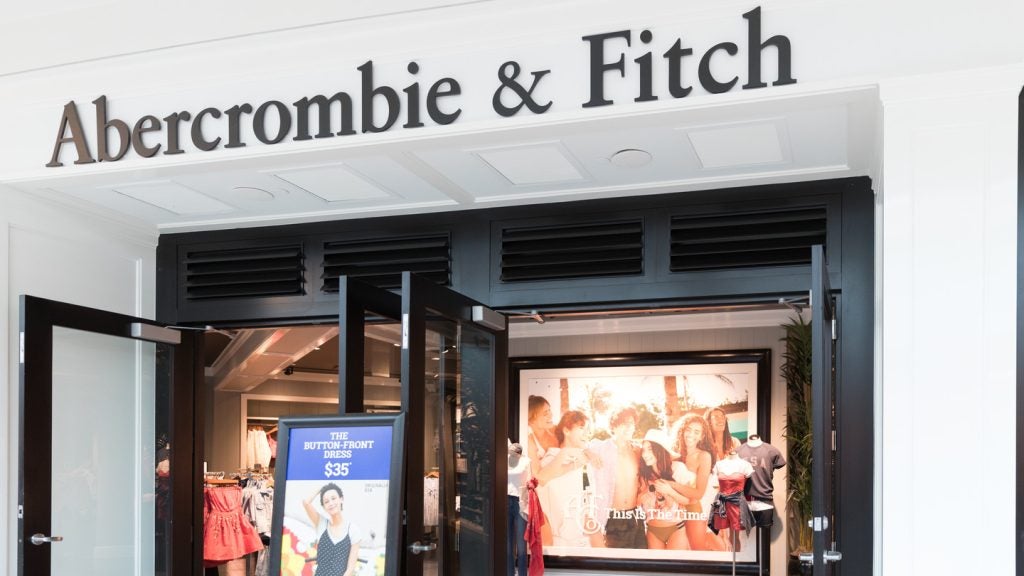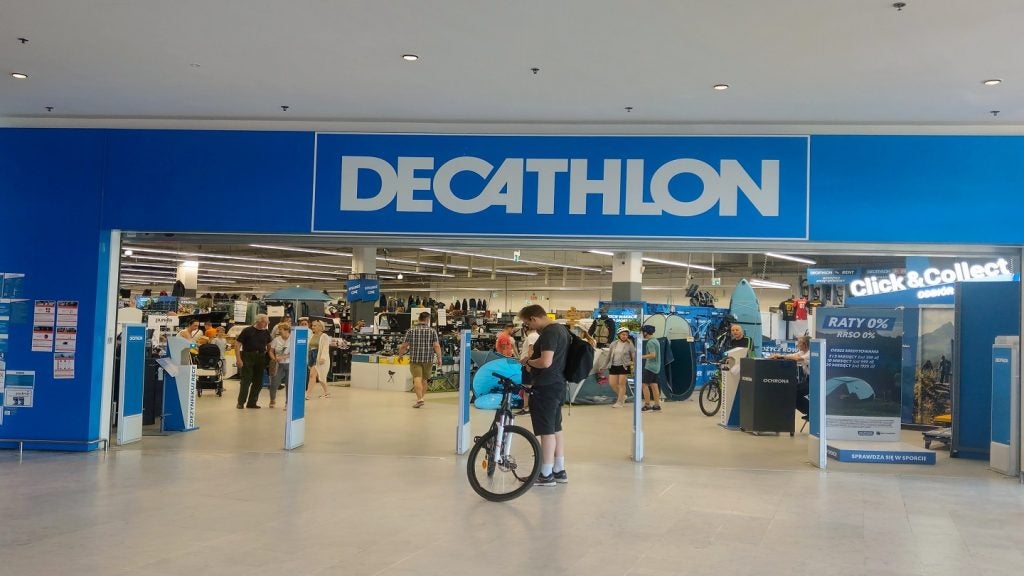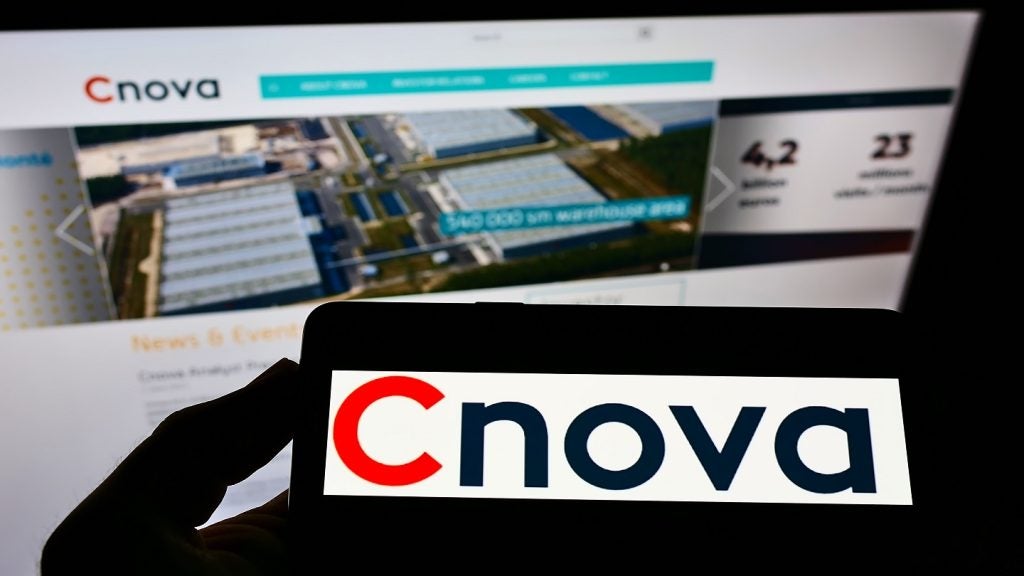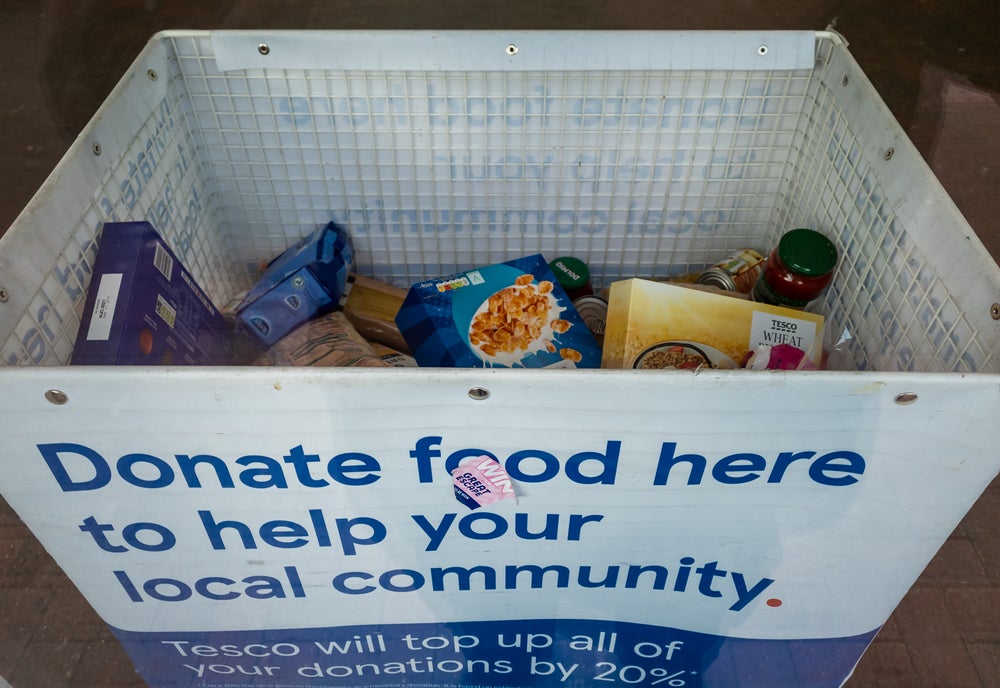US fashion brand Abercrombie & Fitch posted an outstanding set of Q3 results last Tuesday (21 November), recording a 20% net sales increase across all regions, brands and selling channels.
In light of this uptick, the brand has revised its full-year outlook, now expecting net sales to rise between 12% and 14% for FY2023 compared with its earlier forecast of 10% and its operating margin to sit around 10%, up from between 8% and 9%.
“This remains an outsized performance in a market that is tighter and more constrained than it has been for a long time,” commented Neil Saunders, Managing Director of Retail at Retail Insight Network's parent company GlobalData. “While the Americas remains the most important market for Abercrombie & Fitch, the fact that the strategy is playing out well across the globe bodes well for any future geographical expansion the group wishes to undertake.”
Rebrand
Ambercrombie & Fitch – whose former CEO Michael Jeffries famously dubbed the brand’s clothing “exclusionary” and destined for the “attractive, all-American kid” – has undergone a significant rebrand over the past few years.
“The A&F team deserves a lot of credit for the patient overhaul they have executed,” wrote Jeff Sward, founding partner at Merchandising Metrics. “They basically changed everything. The aesthetic and attitude of the apparel. The marketing. The store footprint and ambiance.”
In 2021, for example, Abercrombie’s Gilly Hicks brand underwent a major relaunch, with an updated store aesthetic and gender-inclusive product offering.
The Hollister brand, meanwhile, has historically been the company’s weakest link as its younger, less affluent customer base is more vulnerable to macroeconomic disruptions. However, in Q3, the brand saw revenue grow by 11% during Q3 to $509m.
Since taking over in 2017, CEO Fran Horowitz has transformed the image of Abercrombie’s brands and has now taken them into their 11th consecutive quarter of positive comps.
The company has even survived some serious PR blows in recent months, such as a recent class action lawsuit alleging that Abercrombie & Fitch was complicit in a decade-long sex trafficking scheme carried out by Michael Jeffries.
“We have really done something very special in the retail industry,” Horotwitz told Bloomberg Talks. “We’ve taken the brands and we’ve figured out their rightful place in the world, and so we put Hollister as the global teen brand and we aged Abercrombie up – it used to be a brand for teens, for jeans and T-shirts – but now it is a young Millennial lifestyle brand for customers aged between 25 to 30. We’ve expanded our categories, and our range from 20 to 40 and beyond.”
Growth
Asked about whether the growth was the result of growing demand or had simply originated from the expansion into new consumer categories, Horowitz said: “The brand is growing very significantly. The turn started with [womenswear]. [Womenswear] has actually seen their 13th consecutive quarter of growth, so this is definitely an opportunity for us to take share. In the apparel space, it’s a game of taking share, and that’s exactly what we’re doing.”
Horowitz emphasised the role of consumer research in shaping the brand’s new identity, saying that their analysis had discovered “a big white space out there for [the] young Millennial customer”.
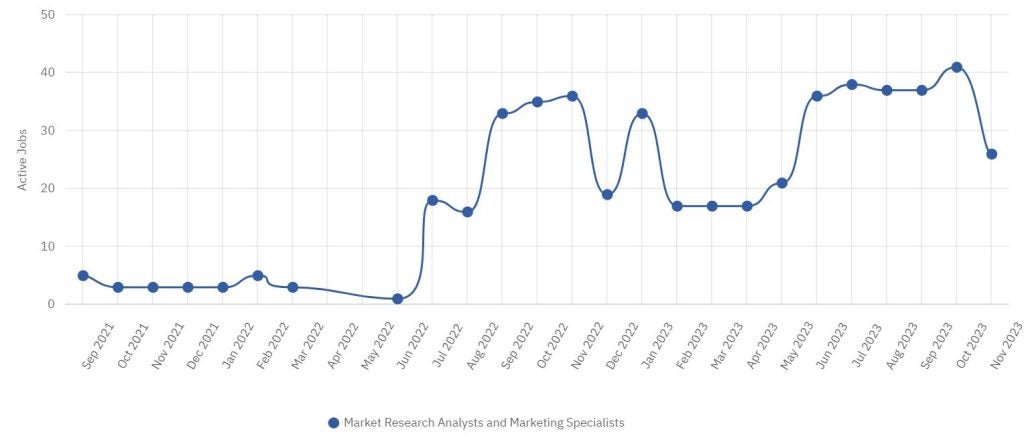
Abercrombie & Fitch’s aim has been to become a “lifestyle” brand that can support the Millennial customer through all their wearing occasions – from their “96-hour weekend” bachelorette parties to their “back-to-the-office” fits. She cited the viral multi-purpose Sloane pant, which has seen solid sales.
Horowitz also emphasised that with Abercrombie’s evolution into a Millennial-focused brand, distribution of sales across the year has become significantly more even with less dependence on the so-called “Golden Quarter”.
“But Black Friday is an important holiday for both [Abercrombie and Hollister], truthfully, and our fourth quarter is the biggest quarter of the year,” she said. “We’re excited, we’re ready to compete. Our inventories are in great shape – we’ve been running this business on a lean inventory, and we’ve been testing and leaning into known winners.”
Our signals coverage is powered by GlobalData’s Thematic Engine, which tags millions of data items across six alternative datasets — patents, jobs, deals, company filings, social media mentions and news — to themes, sectors and companies. These signals enhance our predictive capabilities, helping us to identify the most disruptive threats across each of the sectors we cover and the companies best placed to succeed.


